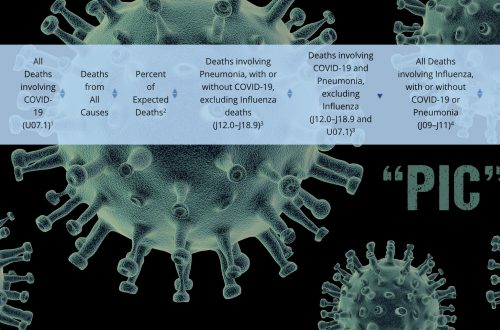The Solution Series: Protecting Your Home and Real Estate Assets with Marie McDonnell
“The strength of a nation derives from the integrity of the home.”
~ Confucius
Preview
Full episode
Download the full transcript in pdf here.
By Corey Lynn and James White
It has often been said that the average person’s greatest lifetime purchase will be their home. Statistically, the numbers support that statement as being factual. With that in mind, logic would dictate that after purchasing a home or other hard assets, one should take the necessary steps to protect said assets. Well, you’re in luck because the guest on this edition of the Solution Series, Marie McDonnell, is an expert at helping you protect your real estate assets both while you are alive and after you’re gone.
Marie is a Mortgage Fraud and Forensic Analyst™, a Certified Fraud Examiner (CFE), and a Master Analyst in Financial Forensics (MAFF), with over 35 years’ experience in transactional analysis, mortgage auditing, and mortgage fraud investigation. During this discussion, Marie shares invaluable insights on the banking industry and mortgage fraud, and describes how to protect your home and other real estate assets with clearly defined steps, coupled with a plan of action.
Resources and Related Reading:
Document Custodian Checklist – Active File
Mortgage Servicing Abuse in Escrow Account
RESPA to the Rescue: How to Stop a Foreclosure Sale by Sending a Notice of Error
Who Really Owns The U.S. Housing Market? The Complete Roadmap by Corey’s Digs










